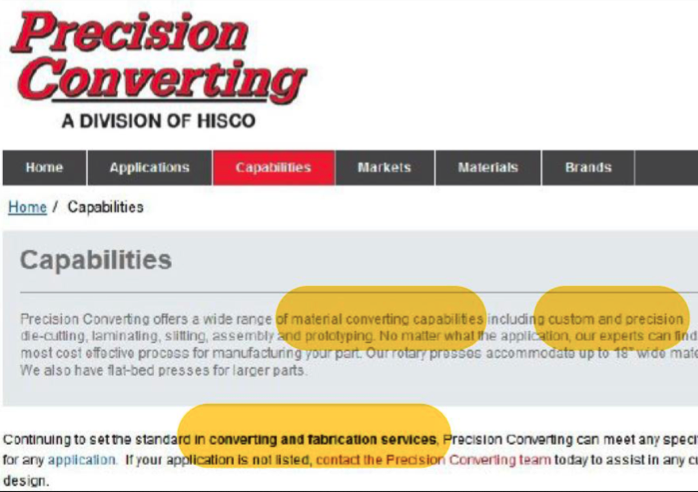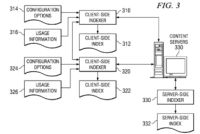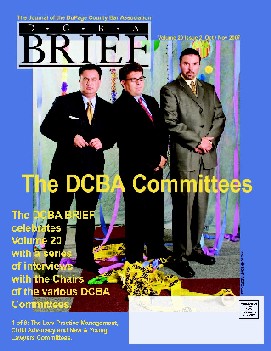A trademark should be used as a trademark. But, sometimes a trademark, or a portion of the trademark, is used descriptively and not as a trademark. And that can be a problem.
What does it mean to use a trademark, or portions of it, descriptively? Let’s look at the trademark application for PRECISION CONVERTING.
His Company Inc. (“HCI”) applied to register PRECISION CONVERTING for “custom fabrication of parts and components to the order and specification of others…”
HCI previously held a registration on this mark for 10 years, but the registration was canceled based on an inadvertent failure to file a required renewal.
Nevertheless, the Examining Attorney refused to register the mark in the new application asserting that it was generic or highly descriptive without secondary meaning. The Trademark Trial and Appeals Board agreed. And one piece of evidence that the Board relied on was that HCI used “precision” and “convert” descriptively on its own website. The board said:
“….according to the specimen (portions of Applicant’s website), Applicant is a “3M Preferred Converter” that provides “converting and fabrication services.” … The website/specimen also states that “[c]ustom precision fabricated components are [Applicant’s] expertise,” and that Applicant offers “a wide range of material converting capabilities including custom and precision de-cutting, laminating, slitting, assembly and prototyping.”
The Board included an excerpt from HCI’s website with added highlights, a portion is shown here:

HCI submitted a declaration claiming use for 37 years and a retail value of sales under the mark between 2016-2019 in excess of $60 million. The Board found this was not enough to overcome the highly descriptive nature of its mark, even if the mark was not generic. The Board said regarding the sales figures:
“[HCI’s witness] does not account for two important facts apparent from the record: (1) while Applicant uses “Precision Converting” as a trade name, it also uses the terms “precision” and “converting” descriptively or generically, as shown, for example, in its specimen; and (2) Applicant’s “Precision Converting” trade name is typically, or at least often, displayed in close proximity to Applicant’s name and house mark HISCO. Thus, it is not clear whether sales made “under” the trade name “PRECISION CONVERTING” reflect consumers’ perception of that name as a source identifier as opposed to a mere description of Applicant’s services, especially where so many of Applicant’s competitors use “precision converting” only as a generic term.”
Therefore, HCI’s descriptive use of portions of its mark on its website muddied the water on the inferences that could be drawn from its sales. As a result, the $60 million in sales did not necessarily evidence a customer’s recognition of PRECISION CONVERTING as a trademark (source identifier) in the marketplace.
HCI’s own website was not the only evidence the Board relied on to refuse registration. Third party competitors’ use of the terms played an important role. However, HCI’s own descriptive website use did not help.
Descriptive uses of a trademark can weaken it and can make the it vulnerable to an attack asserting that the trademark is really not a trademark.
Cite: In re His Company, Inc., no. 88156779 (TTAB)
 A
A  The
The  environment, but are now happening because the cost is now zero." Chris also touched on 3D printing in his first book,
environment, but are now happening because the cost is now zero." Chris also touched on 3D printing in his first book,  I was the lead article editor for the November 2007 issue of The Brief [
I was the lead article editor for the November 2007 issue of The Brief [ Adriana
Adriana